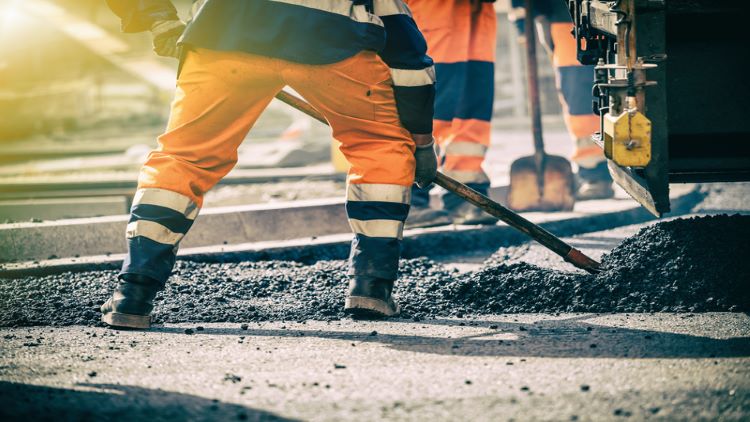
To coincide with National Feet Week, Alex Minett looks at some factors to consider to keep feet healthy at work.
1. Familiarise yourself with foot injuries
Feet are susceptible to all sorts of injuries, with the most common being fractures, sprains, punctures or cuts and lacerations. Other injuries may include chemical or thermal burns. Then there are conditions associated with working in the cold, such as frostbite. Minor conditions including blisters, bunions, fungal infections and fallen arches can lead to chronic issues if they are not treated.
2. Identify workplace hazards
Uneven surfaces, obstacles, trailing cables, wet or slippery surfaces and changes in levels are common causes of slips, trips and falls. Site debris such as upturned nails and other sharp objects can cause puncture wounds. On sites where chemicals are in use, the risk of burns from spillages increases. Feet are also vulnerable to cuts and lacerations from machinery and power tools, while unstable, heavy objects have the potential to cause crushing injuries.
Prolonged standing can lead to foot conditions such as varicose veins, swelling, bunions and fallen arches. Standing on hard surfaces, particularly concrete, can make the feet vulnerable to conditions such as plantar fasciitis.
“For all footwear, safety or not, it’s vital to get the correct fit. There should be enough room at the front for wiggle room with around 1cm space between the longest toe and front of the shoe.”
3. Select the right safety footwear
Construction workers must wear protective footwear while onsite and doing heavy work. This includes steel toecaps for protection against dropped objects and midsole protection to protect against puncture or penetration. As always with PPE, the onus is on the employer to provide suitable equipment free of charge.
4. Get the fit right
For all footwear, safety or not, it’s vital to get the correct fit. There should be enough room at the front for wiggle room with around 1cm space between the longest toe and front of the shoe. The heel should fit and not slip out of the shoe.
Shoe lacing can impact the way shoes fit according to different conditions. People with a wide foot/high instep will benefit from lacing shoes using the eyelets closest to the tongue. They can use the under-and-over tying technique if they need more room. Narrow feet should lace through the eyelets furthest from the tongue to ensure a tighter fit.
5. Don’t forget the weather
The weather affects our feet, especially for outdoor workers, so it is important to track weather conditions. Working in cold conditions without adequate thermal protection can lead to frostbite. That’s because blood flows away from extremities. Chilblains are often associated with the cold and can make feet itchy, sore and uncomfortable. Trench foot, also known as non-freezing cold injury (NFCI), is another serious condition to watch out for.
Feet can also struggle in hot temperatures, with the risk of swelling and foot fatigue leaving feet tired and achy. Excessive sweating creates the perfect environment for blisters and fungal conditions such as athlete’s foot. Ensuring feet are washed and dried at the start and end of every day and wearing socks with moisture-wicking properties can help.
6. Keep your feet fit
The Society of Shoe Fitters suggests preventing infection by regular washing and drying. Nails should be cut straight across to avoid ingrown nails. In terms of exercise, use your feet to pick up objects from the floor – anything from marbles to items of clothing. Wiggle your toes regularly, separating them one by one. While sitting or lying, follow a circular motion with your foot both clockwise and anti-clockwise. All these exercises will help relax and strengthen weary muscles.
National Feet Week runs from 7-13 March 2022.
Alex Minett is head of products & markets at CHAS.
Comments
Comments are closed.












Covering reinforced floor slabs with D49 wrapping mesh before concreting prevents operatives feet getting caught in the reinforcement cage